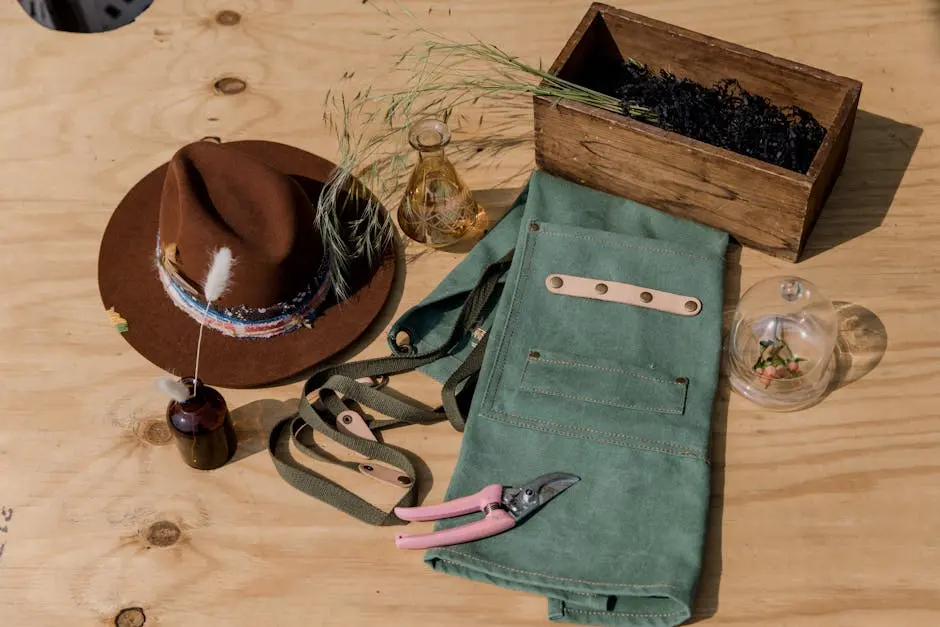What Materials Are Used in Biodegradable Weed Barriers?
Biodegradable weed barriers are becoming increasingly popular for those looking to maintain a healthy garden while minimizing environmental impact. But what exactly are these materials, and how do they work? In this blog, we will explore the different types of materials used in biodegradable weed barriers and their benefits.
Natural Fibers in Biodegradable Weed Barriers
Natural fibers, such as jute, burlap, and cotton, are commonly used in biodegradable weed barriers due to their eco-friendliness and effectiveness in suppressing weed growth. These materials decompose naturally over time, enriching the soil.
Jute, for instance, is a strong fiber that can withstand various weather conditions, making it an ideal choice for gardeners. Its biodegradable nature means that once it breaks down, it adds organic matter back into the soil, promoting soil health.
Burlap is another excellent option, as it is not just biodegradable but also breathable. This allows moisture and air to reach plant roots while preventing weeds from establishing. Gardeners favor burlap for its dual functionality.
Cotton fibers, on the other hand, aren't as robust as jute or burlap but have their place in smaller gardens or temporary planting situations. They break down relatively quickly, which can be an advantage if you're planting for a single season.
Overall, natural fibers provide an excellent balance between functionality and environmental impact, making them a favorite among eco-conscious gardeners.
Paper Products for Sustainable Gardening
Recycled paper and cardboard are often utilized as biodegradable weed barriers in sustainable gardening. These materials not only decompose quickly but also have the benefit of suppressing weeds effectively.
One of the fantastic features of paper products is their ability to allow air and water to penetrate easily. This ensures that your plants receive the moisture they need without interference from pesky weeds. Think of it as a protective blanket for your soil.
The process of using paper barriers is simple. You can lay down multiple layers of old newspapers or cardboard, which will gradually break down and enrich your soil as they decompose. This method is particularly effective and cost-efficient for larger garden areas.
While these materials are effective, it's essential to keep in mind their short lifespan compared to natural fibers. They may require more frequent replacement, particularly in regions with heavy rainfall.
In sum, paper products offer an innovative way to manage weeds while enhancing the sustainability of your gardening practices. They’re an excellent option for anyone looking to reduce their carbon footprint while maintaining a flourishing garden.
Plant-Based Polymers and Their Advantages
Certain biodegradable plastics made from plant-based materials, like cornstarch, are gaining traction in the market due to their durable and compostable nature. These materials present an exciting alternative for gardeners seeking strength combined with environmental consciousness.
Plant-based polymers are designed to break down through natural processes, making them a fantastic choice for longer-term use. Unlike traditional plastics, they won't linger in the environment, reducing plastic pollution.
The advantage of these materials lies in their versatility. They can withstand harsh weather conditions while nurturing the soil as they break down—feeding your plants while suppressing unwanted weeds.
Moreover, as they decompose, they release beneficial nutrients back into the soil, supporting plant growth. This makes them a favorite among gardeners who are passionate about sustainability.
While they pose a higher cost than some other options, the longevity and benefits of plant-based polymers can justify the investment, particularly for those dedicated to environmentally friendly gardening.
Combination Materials for Enhanced Performance
Some biodegradable weed barriers are crafted from a blend of materials that combine the benefits of natural fibers and polymers, providing both strength and biodegradability. This innovative approach allows for a tailored solution that meets diverse gardening needs.
By mixing natural fibers, like jute, with plant-based plastics, manufacturers create barriers that are not only effective in weed suppression but also durable enough to withstand harsh conditions. This combination offers a great balance for gardeners who want the best of both worlds.
These hybrid barriers can maintain moisture levels effectively while still allowing air circulation, fostering an optimal environment for plant roots. As they decompose, they enrich the soil, making them suitable for long-term gardening.
Gardeners often report improved results with combination materials, as they exhibit qualities that cater to various soil types and weather conditions. They are particularly beneficial for regions with extreme climates.
Ultimately, the development of combination materials signifies a step forward in sustainable gardening practices. By choosing barriers with diverse materials, you can enhance your gardening experience while positively impacting the environment.
Final Thoughts on Biodegradable Weed Barriers
Choosing the right biodegradable weed barrier can make a significant difference in your garden’s health and your environmental footprint. By understanding the materials used in these products, you can make informed decisions that contribute to a sustainable gardening practice. Remember to consider factors such as degradation time, soil compatibility, and overall effectiveness.
